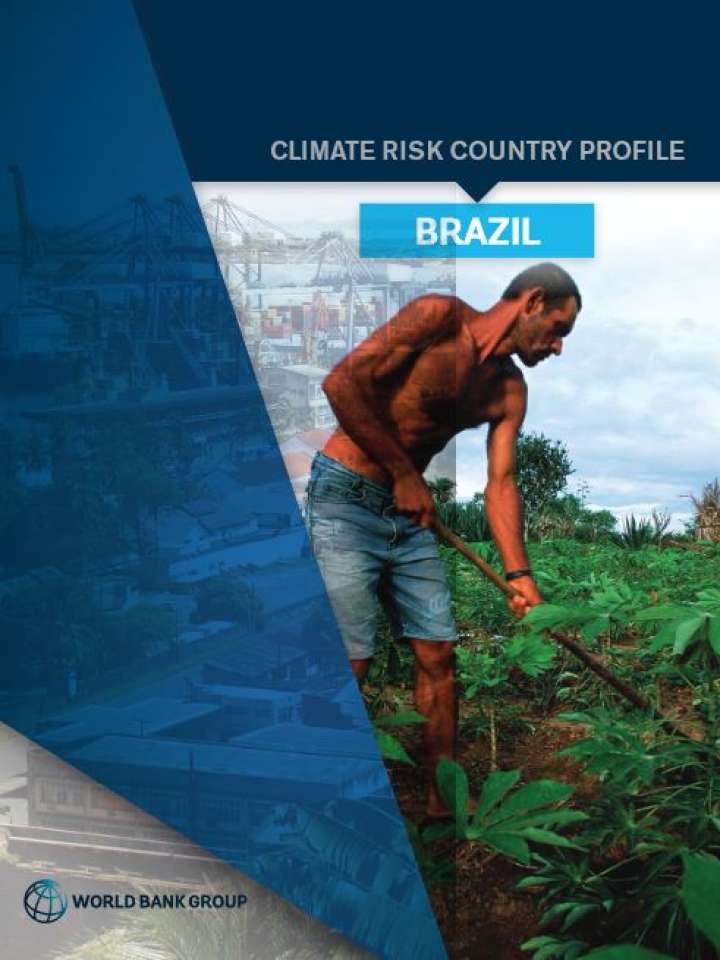Climate risk country profile: Brazil
This climate risk profile is intended to serve as a public good to facilitate upstream country diagnostics, policy dialogue, and strategic planning by providing comprehensive overviews of trends and projected changes in key climate parameters, sector-specific implications, relevant policies and programs, adaptation priorities and opportunities for further actions. Brazil is the largest country in South America. Brazil has a complex and dynamic economy and is classified as a developing country. Brazil has a population of 212.6 million people (2020) with an annual population growth rate of 0.7% (2020). Brazil is vulnerable to climate change impacts, which present a significant threat to the country’s economic growth as well as its continued social development. Brazil adopted the Paris Agreement and submitted its Nationally Determined Contribution (NDC) to the UNFCCC in 2016 and its Updated NDC in 2020 in support of its adaptation commitments and continued economic and social development agendas.
Brazil’s vast territory is home to an extraordinary mosaic of ecosystems, which parallel its climatic and topographic diversity. Brazil’s average annual temperatures are expected to rise by 1.7°C to 5.3°C by the end of the century. The most significant increases are expected to occur on the months of January and July. Higher warming is projected to increase from the country’s western interior to its eastern coast. Rainfall is highly variable across Brazil as are projections at the seasonal and geographical level. However, through the end of the century, annual precipitation is projected to increase northern, center-west and southern areas of Brazil. At a nationally aggregated scale, annual average precipitation is expected to remain similar to historical observations, but will vary slightly throughout the century, based on emission scenarios.
Explore further
